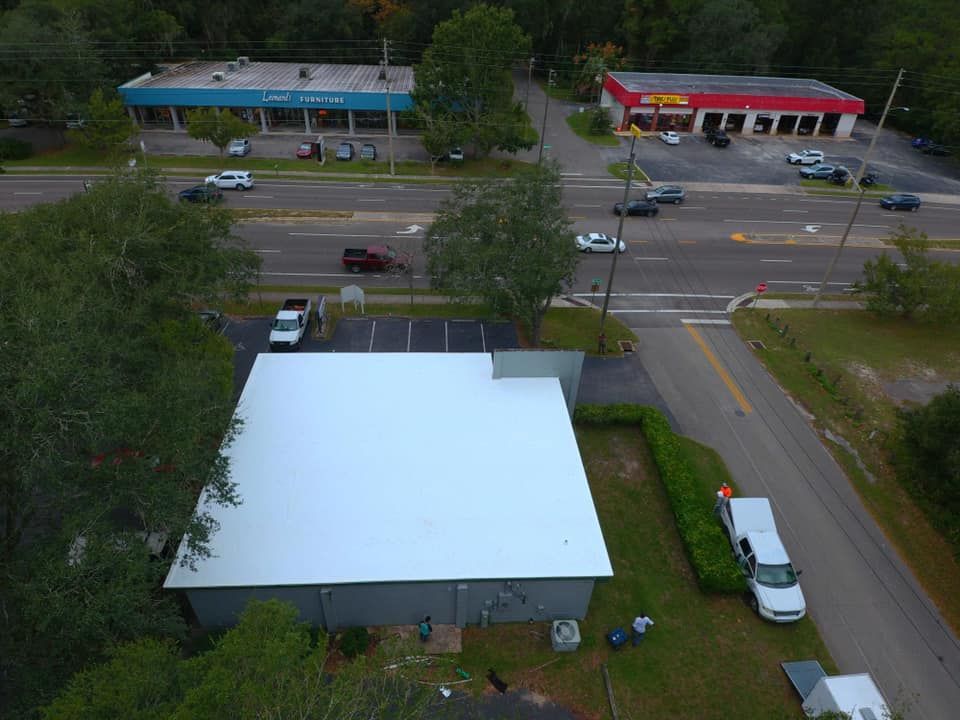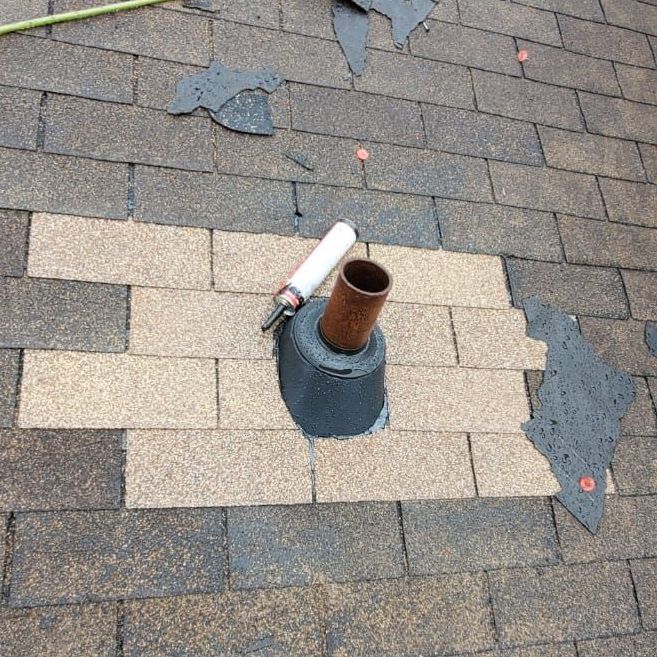Synthetic VS. Felt Roofing Underlayment
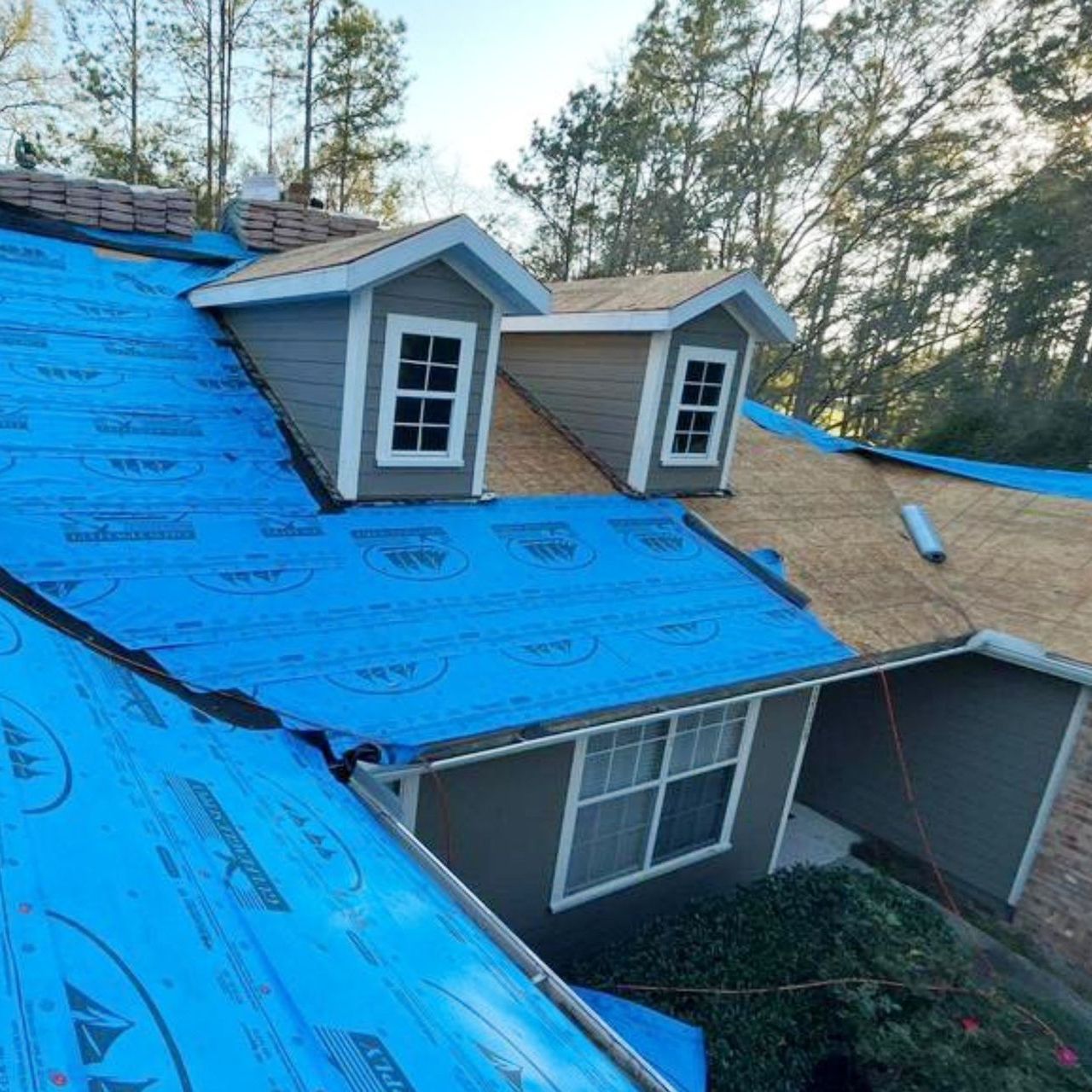

Whether you're doing a reroofing project or new home construction, there are many factors to consider about which type of underlayment to use.
When people think of roofs, they usually think about
shingles or
metal roofing. If you’re having trouble deciding which of these is ideal for your roof,
check out our tips to make the right decision. But if you’re deciding on underlayments, keep on reading!

Some may not know what this layer of protection is. Directly on top of the roof deck and under the roof covering, this component has a critical role when protecting your home from moisture damage. It's called roofing underlayment. Here are some specifications about each type of roofing underlayment to consider:
- Synthetic Underlayment: Different synthetic underlayment types have existed since the early 2000s. They are made from high-tech materials such as polypropylene, which is a strong, rigid, crystalline thermoplastic, and polyester or fiberglass, which provide strength and longevity. Synthetic underlayment is typically moisture-resistant, and when installed correctly, it offers better protection from the weather than felt. One way to compare synthetic underlayment is by weight, similar to how felt is compared; instead of pounds-per-100-square-foot, synthetics are rated by grams-per-square-meter (GSM). Also, roofing felt rolls are 3 feet long and cover about 400 square feet, while synthetic underlayment rolls are 4 feet long and cover closer to 1000 square feet.
- Pros:
- Synthetic underlayment is less prone to wrinkling and cracking, making it ideal for areas with high wind exposure.
- It is more resistant to UV rays.
- Some synthetic underlayment gets a little tacky when wet, improving walkability, and this is why many roofing contractors have switched from felt.
- Most synthetic products have a perm rating much less than felt. This means that any moisture in the attic will not escape through the roof, making proper attic ventilation vitally important.
- Cons:
- Synthetic underlayment is more expensive than felt underlayment, which may make it less attractive for homeowners or contractors.
- Some types can be sensitive to high temperatures, and this can cause issues during installation.
- It is made from petroleum-based products, which means it is not biodegradable and contributes to pollution.
- It may not be compatible with all types of roofing materials or systems. It is essential to check with us before making a choice.
- Felt Underlayment: One of the oldest underlayment types is known as asphalt-saturated felt or tar paper. It's made from organic materials like paper fibers and wood that have a cellulose base and are impregnated with asphalt to make them waterproof and durable. Felt roofing underlayment is typically available in No.15 felt, and No. 30 felt. Compared to No. 15, No. 30 is typically thicker, stronger, and less prone to tearing or ripping off during installation or any weather events. Felt is usually fastened with staples, but plastic wind strips may be used along the edges in high-wind areas to prevent tearing.
- Pros
- The main advantage of felt roofing underlayment is that it is generally less expensive than synthetic underlayment, which can be more attractive for homeowners with a tighter budget.
- It is waterproof and prevents water infiltrations, protecting the roof from moisture damage.
- It is easy to cut and shape around protrusions and easy to install.
- It can help to reduce heat loss and improve energy efficiency by providing a small amount of insulation to the roof.
- Felt roofing is made from natural materials, making it biodegradable and more environmentally friendly.
- Cons:
- Felt roofing underlayment can only be exposed for a few hours. The material may dry out or leach oils in the heat, impacting the felt's ability to protect against moisture.
- It is less durable than synthetic underlayment and may need to be replaced earlier, particularly in areas with high winds.
- When exposed to moisture, the mat can absorb water and wrinkle the felt, making it harder for the shingles to lay flat. This can compromise its effectiveness as a barrier against water infiltration.
- It weighs more than synthetic underlayment, making it harder for roofing contractors to drag rolls up a ladder and onto a roof.
- It can degrade over time when exposed to sunlight, leading to cracking.
- It has a slippery surface which can make it more challenging to install.
While felt underlayment is a more traditional, cost-effective, and environment-friendly choice, synthetic underlayment offers superior and long-term performance. Protecting your roof and home from water and moisture infiltration risks is a worthwhile investment. However, the choice will depend on the project, location, budget, and specific needs. Schedule a free inspection here or call our roofing experts to get free-of-charge guidance on the best underlayment material for your project.


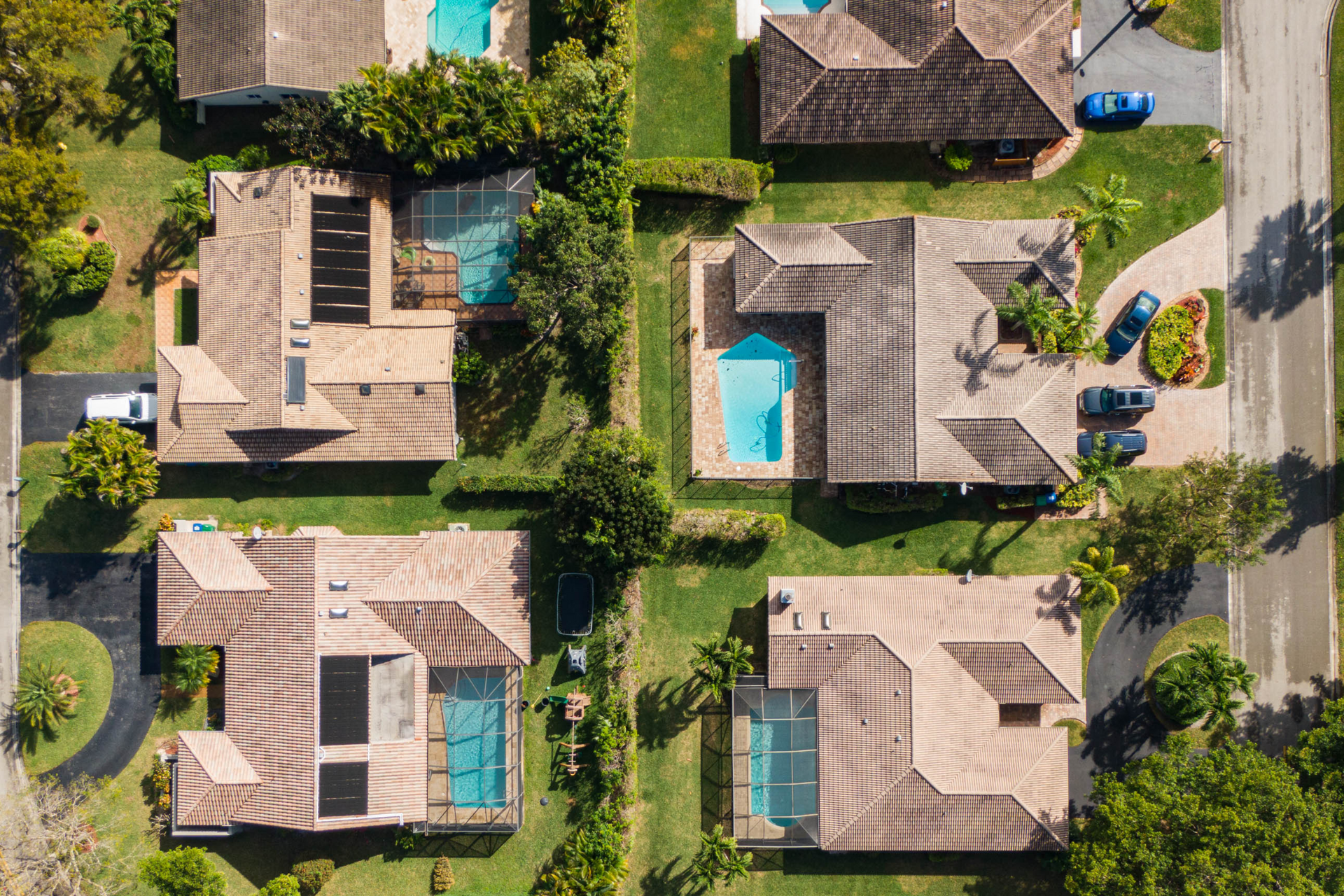
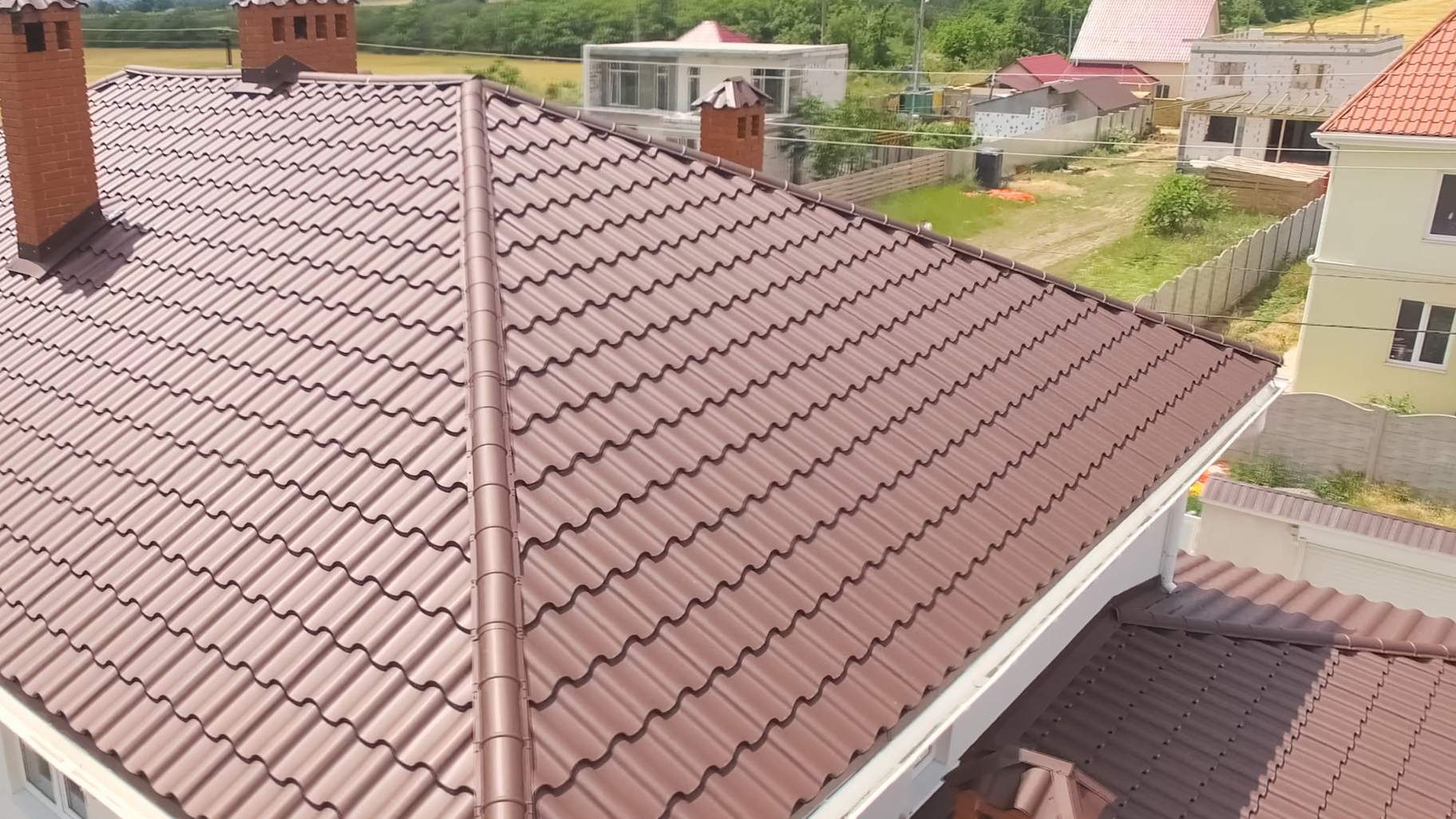
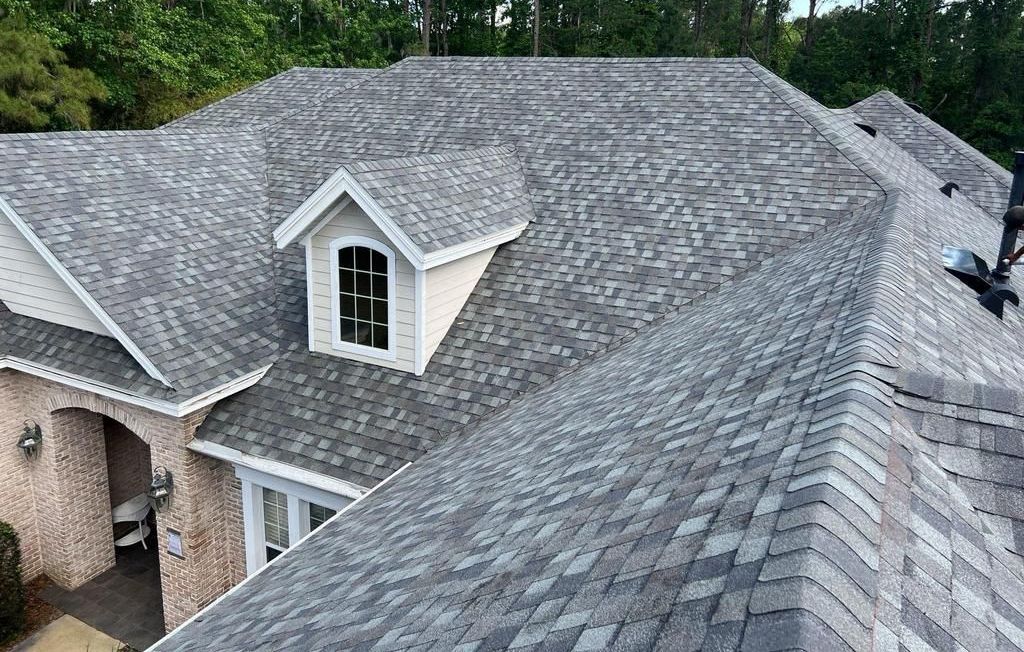
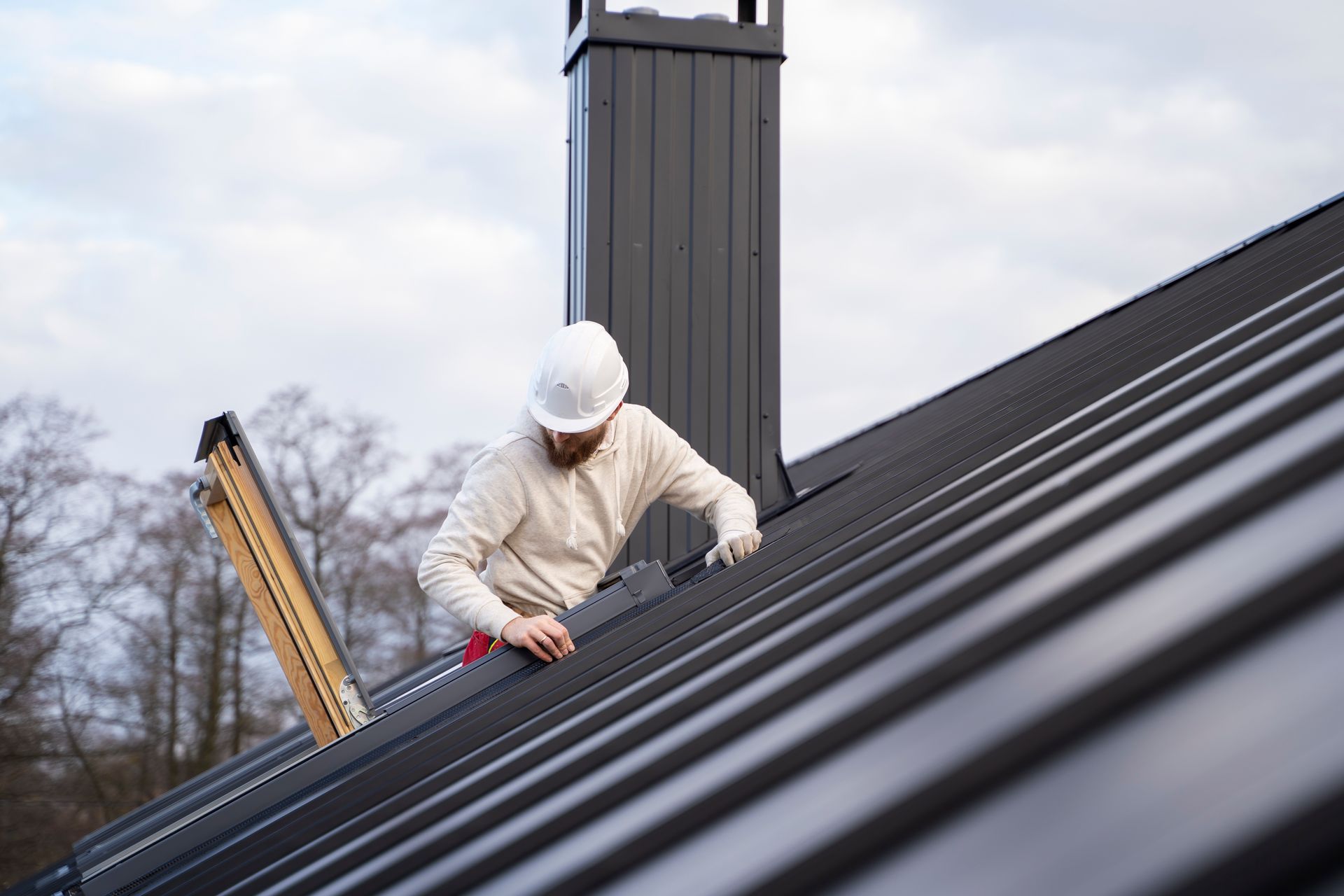
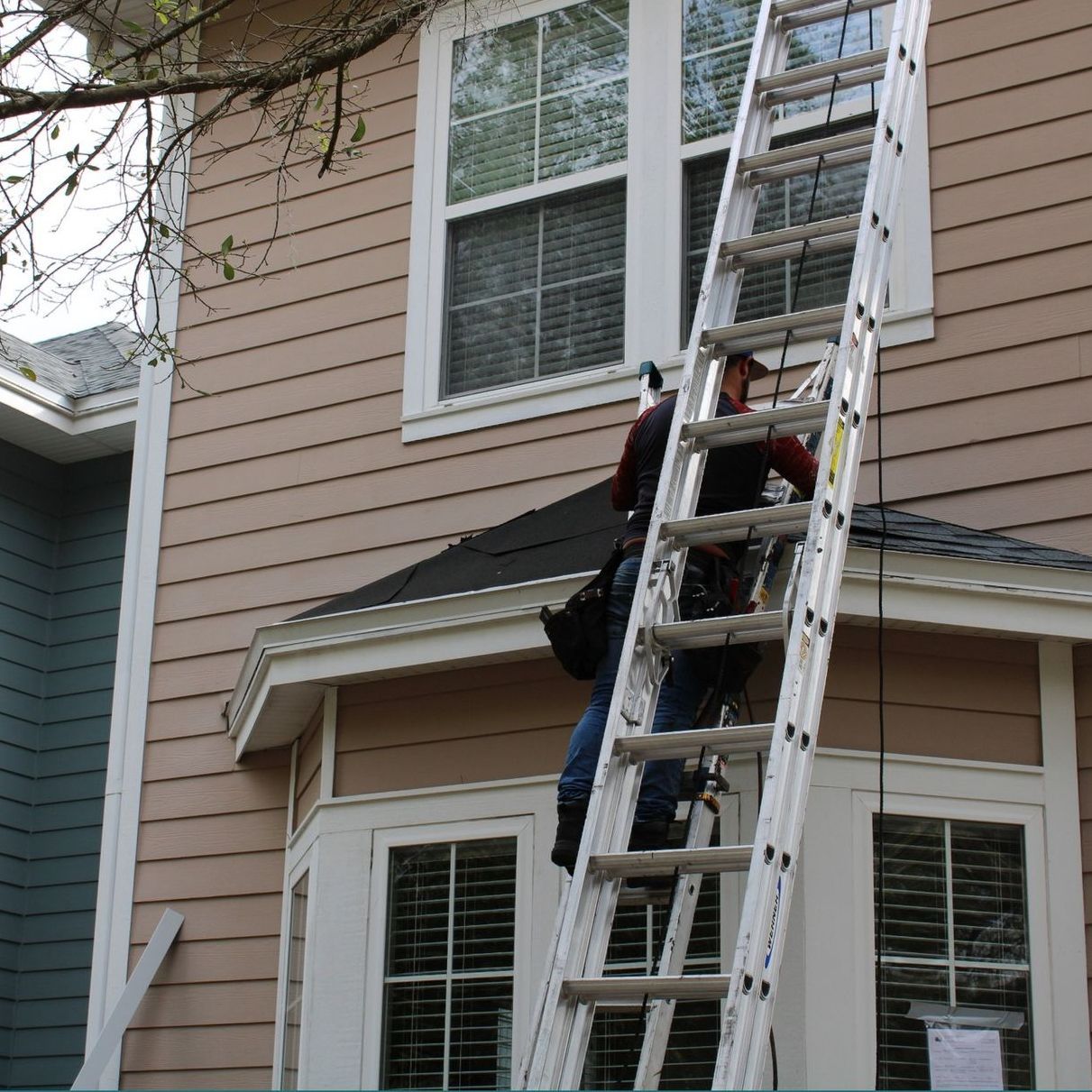

Call us or fill out the form to get help immediately!
Are You READY TO Schedule YOUR FREE INSPECTION?

Worthmann Roofing & Gutters is a top rated construction roofing company. We provide home and business owners with quality roof repair, replacement & gutter installation services.
Follow Us
CONTACT US
RESOURCES
Visit Us



